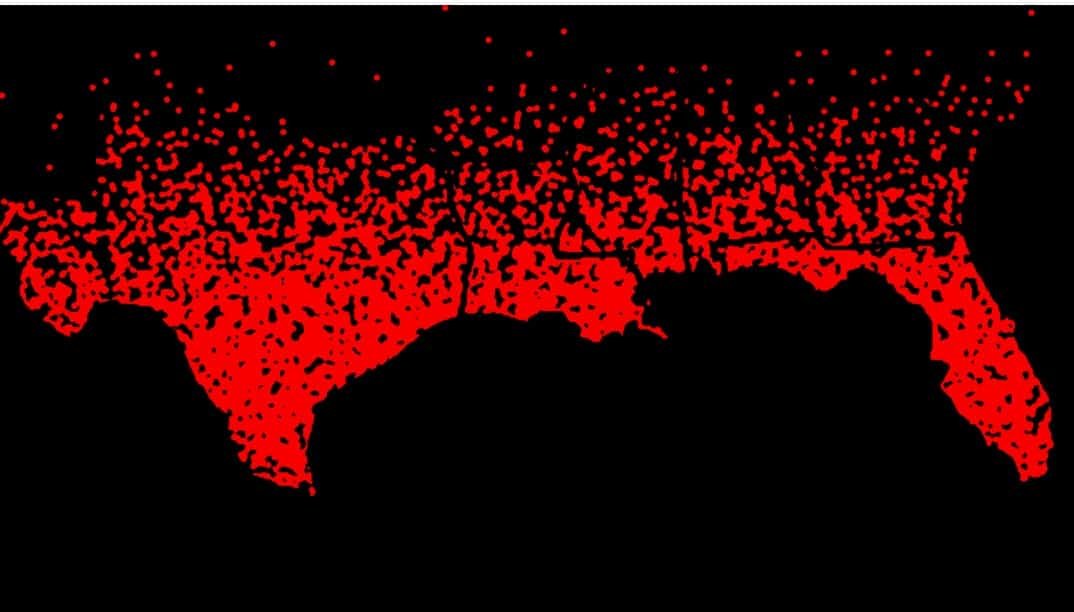
In a matter of weeks, the coronavirus has gone from a novel, distant threat to an enemy besieging cities and towns across the world. The burden of COVID-19 and the economic upheaval wrought by the measures to contain it feel epochal. Humanity now has a common foe, and we will grow increasingly familiar with its face.
Yet plenty of this virus’s aspects remain unknown. The developing wisdom—earned the hard way in Wuhan, Washington, and Italy—has been that older people and sicker people are substantially more likely to suffer severe illness or die from COVID-19 than their younger, healthier counterparts. Older people are much more likely than young people to have lung disease, kidney disease, hypertension, or heart disease, and those conditions are more likely to transform a coronavirus infection into something nastier. But what happens when these assumptions don’t hold up, and the young people battling the pandemic share the same risks?
What Will Happen When Red States Need Help?
PETER NICHOLASATTENTION READERS
We See The World From All Sides and Want YOU To Be Fully InformedIn fact, intentional disinformation is a disgraceful scourge in media today. So to assuage any possible errant incorrect information posted herein, we strongly encourage you to seek corroboration from other non-VT sources before forming an educated opinion.
About VT - Policies & Disclosures - Comment Policy

/media/img/mt/2020/03/0320_Baumann_Martin_NewOrleans/original.png)



When society fails and the shtf, those with ethanol stills will be protected by the mass of base humanity and defended by their neighbors.
Comments are closed.